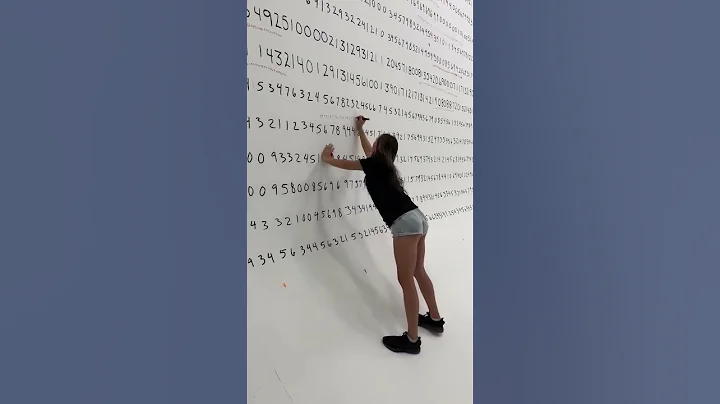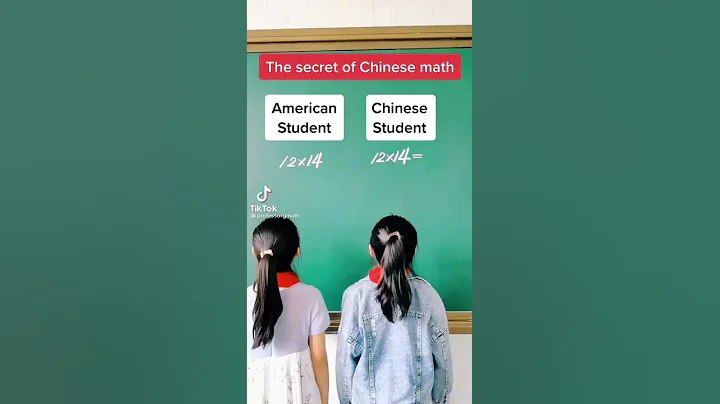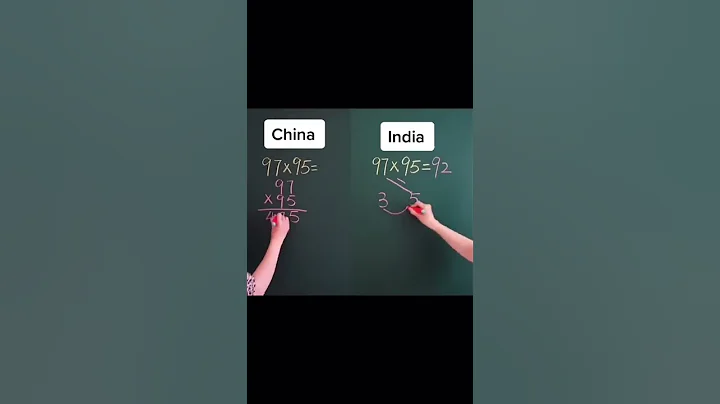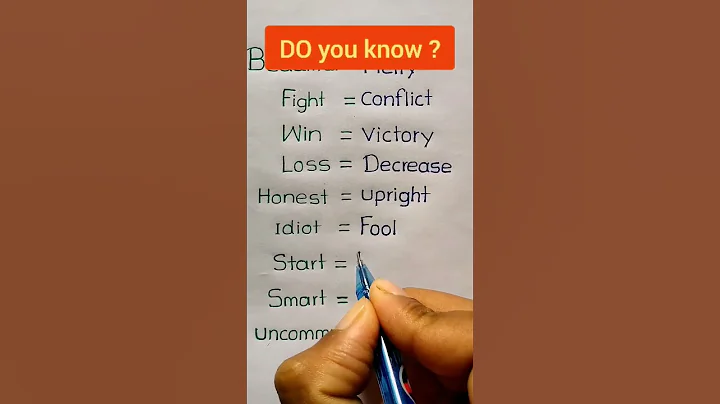design background
A large wall chart with various patterns.
activity goals
1: Discover the symmetry of the object, and draw the other half that is symmetrical to the object based on the existing graphics provided.
2: It can allow young children to improve their observation skills.
Key points and difficulties
First: Find the similarities and differences between the left and right sides of the pattern.
Second: Find the differences in the patterns.
Activity preparation
First: Three symmetrical pictures, triangles, flowers, and birds.
Second: There are several symmetrical and extremely asymmetrical pictures.
Third: Use a piece of paper to draw a symmetrical pattern.

activity process
1. Guess
(Show half of three symmetrical pictures and let the children guess what is behind them. After showing all three pictures, guide the children to observe the similarities and differences between the left and right pictures: the shape, color and pattern are the same, and the left and right pictures are the same. Position is opposite, perception understands the meaning of symmetry).
Second, look for
(First show some half pictures and ask them to find the symmetrical other half. Then look for the symmetrical parts on themselves).
Three, do
(use your body to make symmetrical movements). (Teaching plan comes from: Teacher Qu’s teaching plan website.)
4. Draw a picture
(First find a symmetrical pattern on the operating paper, then color the symmetrical pattern, and finally draw the other half of the symmetrical pattern).
Teaching Reflection
This is an activity to understand the meaning of "symmetry", and "symmetrical" objects and patterns can be seen everywhere in life. As long as the children are told the conditions of "symmetry", the children can easily find it, and the children will always be in the activity. Is in a passive position. Therefore, how to make children take the initiative to learn and be willing to find discoveries is the key to activity design. Therefore, before the activity, I carefully considered the original activity plan. I always felt that it was not my own and could not be implemented easily. Therefore, I modified and adjusted the activity to allow the children to "guess, search, do, and draw." In several links, they were guided to discover the conditions required for "symmetry". Each link was clear, clear and focused.
This is my comprehensive reflection on the entire activity of "Interesting Patterns". Only through careful and in-depth reflection can we find better teaching methods.





















